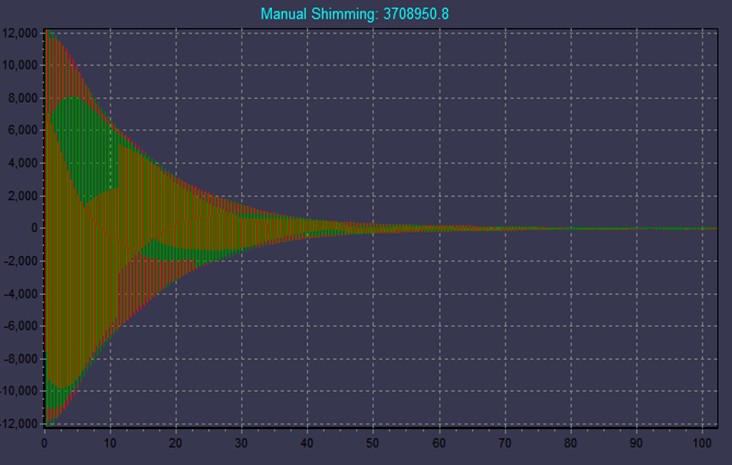In the quest to understand the intricate dynamics of materials at a molecular level, Nuclear Magnetic Resonance (NMR) relaxation time testing emerges as a pivotal analytical technique. This sophisticated method leverages the principles of NMR spectroscopy to measure the free induction decay (FID) signal of nuclear spins after they have been flipped and are returning to equilibrium, revealing two critical relaxation times: T1 (spin-lattice) and T2 (spin-spin).
T1 Relaxation:
T1, or the spin-lattice relaxation time, is the period required for the nuclear spins to dissipate energy from the higher to the lower energy levels. It serves as an indicator of the interactions between atomic nuclei within a material, often representing the internal rotation rate of the atomic environment. By measuring T1, researchers can gain insights into the molecular structure and dynamics of a sample, which is invaluable in fields ranging from chemistry and biochemistry to materials science.

T2 Relaxation:
Conversely, T2, the spin-spin relaxation time, illustrates how the phase of nuclear spins evolves over time. Influenced by the interactions between ions and local magnetic field perturbations in the sample, T2 reflects the external disturbances experienced by the ions. This parameter is crucial for studying molecular motion and can reveal information about the sample’s molecular conformation and interactions.

The NMR Experiment Process
The process of conducting an NMR relaxation time test involves several meticulous steps:
1. Sample Preparation: The sample, which can be either a liquid or a solid containing the nuclei of interest for NMR spectroscopy, is placed within a detection probe that is positioned in a strong magnetic field.
2. Application of RF Pulses: A radiofrequency (RF) pulse, an electromagnetic wave, is applied to flip the nuclear spins within the sample. The characteristics of the RF pulse, such as amplitude, duration, and frequency, are controlled according to the experimental parameters.
3. Detection of NMR Signal: Once the nuclear spins are flipped and begin to return to their lower energy levels, a signal known as the free induction decay (FID) is detected by the probe. The amplitude and shape of the FID signal are critical for the quantitative and qualitative analysis of the nuclei within the sample.

Considerations for NMR Relaxation Time Testing
Performing NMR relaxation time testing requires high-precision experimental equipment and professional training. The experiment demands a controlled environment to ensure accuracy and reproducibility of results. Additionally, the interpretation of T1 and T2 values requires a deep understanding of NMR principles and the specific properties of the material under investigation.
Conclusion
NMR relaxation time testing is a powerful tool in the arsenal of modern scientific research, offering unparalleled insights into the molecular dynamics of a wide array of materials. By accurately measuring T1 and T2 relaxation times, researchers can unlock a wealth of information about molecular structure, conformation, and interactions, paving the way for advancements in chemistry, biochemistry, physics, and materials science.
—
This article is crafted to be informative and engaging for readers interested in NMR relaxation time testing, while also being optimized for search engines with strategic use of keywords and a clear structure.
 NIUMAG
NIUMAG